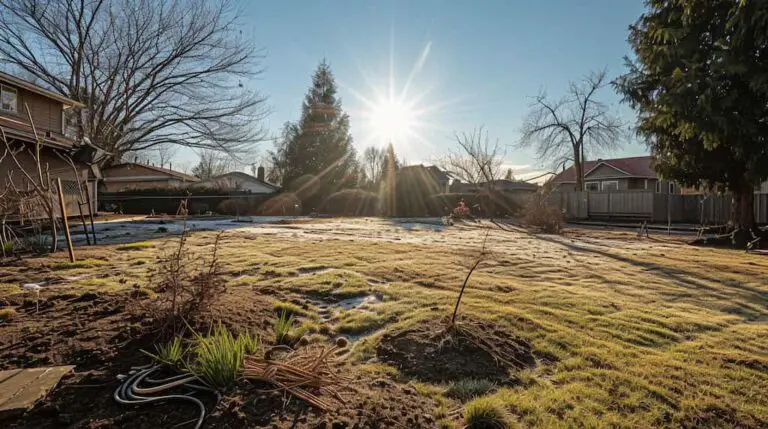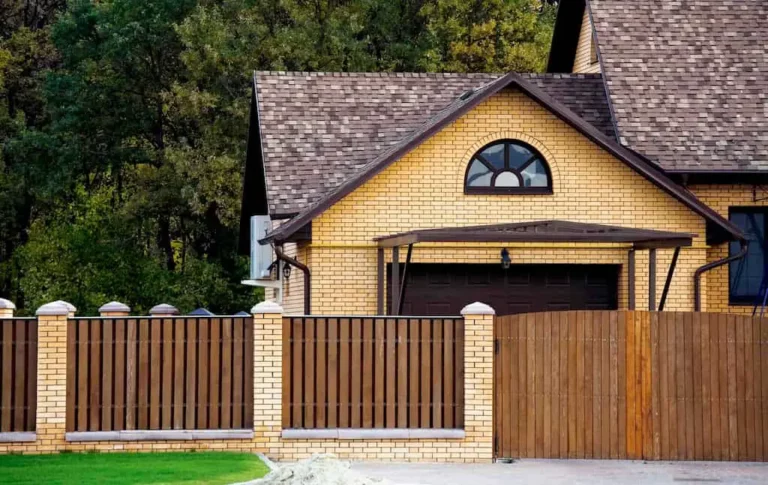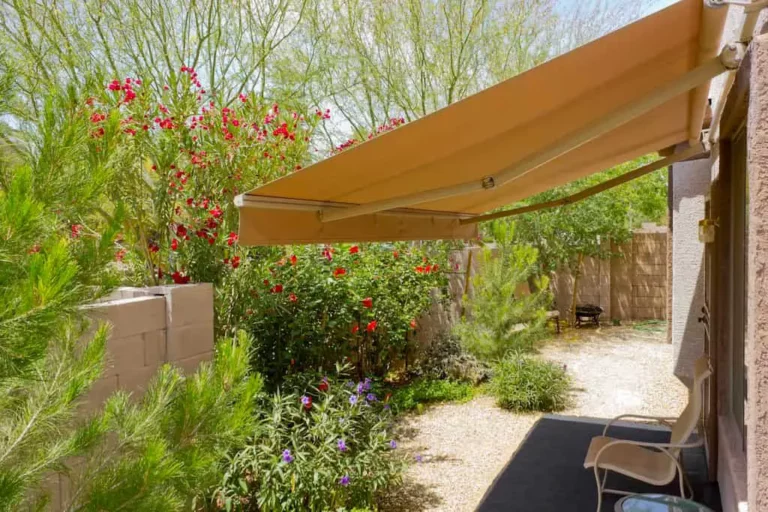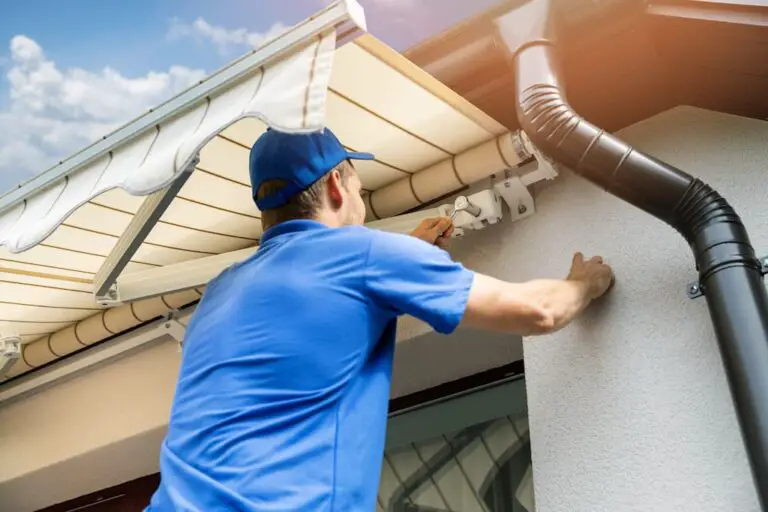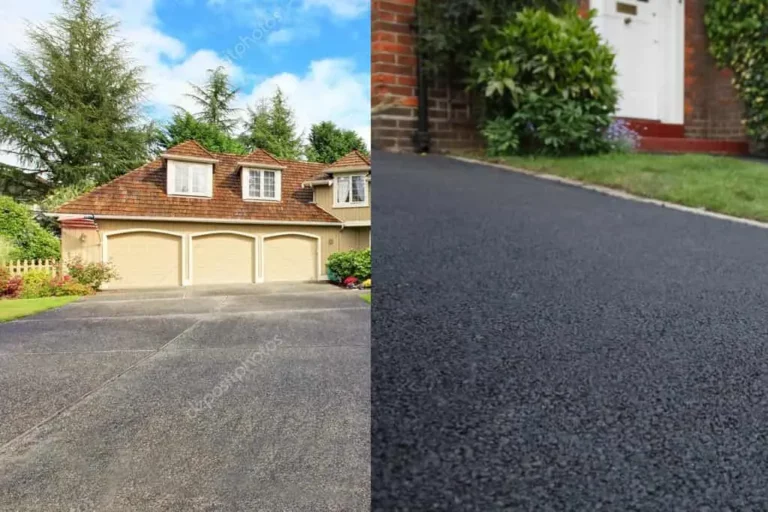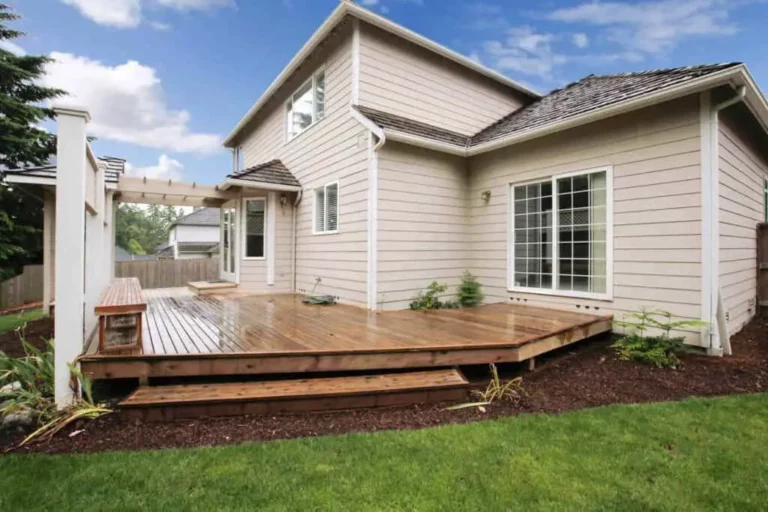Do Black Awnings Attract Heat?
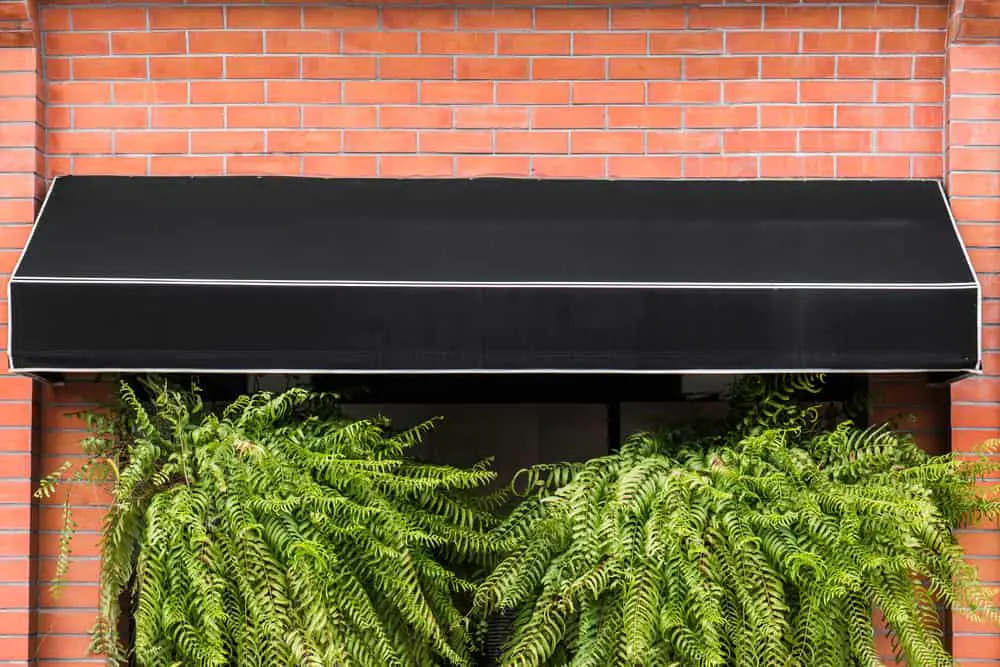
If you haven’t kept up with the advancing progress in awnings looks and performance, you might be amazed by what you can purchase. Awnings are a stylish and straightforward way to keep heat and elements at bay. But, you may not have given awnings color much thought until you sat under your black awning during summer. So, do black awnings attract heat?
Black awnings attract and absorb more heat than light shade awnings. A black material compliments white, meaning that it will absorb all wavelengths of light and reflect none creating the most radiant heat. This means the more energy a black awning absorbs, the more heat it emits.
While all awnings protect you and your home from the elements, not all handle heat the same way. Now, when it comes to awnings heat, your choice of material isn’t the only factor. Granted, that’s probably the most crucial factor to consider, but you must also think about the awnings color and effects. Awnings color is a big decision; here’s how to make it!
How To Choose The Best Awning Color
One of the most excellent choices you will make when designing the perfect awning for your home or company is the color! Whether you choose a permanent or retractable awning, selecting the right color will make your awning a spectacular addition to your home’s exterior.
Choosing an awning color that blends with your exterior style is essential because it’s not a brilliant idea to go for something that will overwhelm your home. However, it’s also important to consider what you want to use the awning for;
- Heat– If your fundamental goal is to block out light from the sun and heat, choosing a lighter color to reflect sunlight is essential. Lighter colors absorb less heat than darker colors. Alternatively, you can choose a dark color with a white backing.
- Fading– Lighter-colored awnings, such as yellow, light green, and light blue, resist fading better than dark-colored awnings. Red awnings typically fade more quickly than other colors.
- Stains– Awnings are challenging to clean, and you don’t want to ruin the material. Awnings with black color hide any stain the best. But, you really shouldn’t depend on color to mask stains– address stains with regular maintenance.
Learn more!! see our article Are Awnings Expensive? With 4 Examples to choose the best solution for you
Which Is The Best Color For An Awning Against Heat?
Typically, white is the best color for heat reduction; however, keeping it clean requires more effort than other shades. In this case, you can opt to go for pale but more forgiving colors like a rich cream. For warmer climates, light blue and pale yellow bring a sunshiny feel.
Now, before you dive in and purchase a light-colored awning, pause a moment and think about how you use your patio. If you sit under your awning to relax and chat on your phone, stay away from bright light shades, as the glare will spoil your relaxing experience. You may like to go for colors with muted tones like light blue or light green.
Conversely, if you reside in a colder climate, consider a darker awning to trap the warmth and allow you to enjoy being outside without feeling chilly.
ADVANING 18’x10′ Motorized provided a range of colors for your house click here to learn more
Why Do You Need Light-Colored Awnings?
Light-colored awnings are attractive solutions to make your home more comfortable while providing various benefits. Light-colored awnings reduce the amount of solar heat and UV rays reaching the inside of your home. Awnings with bright colors minimize solar heat gain on a south-facing window by up to 65% and up to 77% on west-facing windows in the summer.
Light-colored awnings can keep out direct sunlight while still letting natural light into a home. While black awnings have to shield natural light to block out heat from the sun, light-colored awnings let in enough sunlight keeping interiors bright.Additionally, light-colored awnings also protect your outdoor structures and furniture from fading.
When Do You Need A Black Awning?
Black awnings keep your house warm during winter. Black awnings also assist in keeping your bills in check. They work by drawing expensive heat in and keeping the cold air out. This, in turn, makes your home cozier while helping lower your utility bills.
Studies show that dark-colored awnings, especially black awnings, do a great job of insulating buildings in winter. They have proven helpful in cutting heat loss in the cold season.
There are now new and innovative awnings specifically geared towards helping with insulation. These awnings typically come in a single piece of material that cannot tilt open and close. The material and color used to design them help trap heat while providing UV protection.
Most awnings used during winter feature a black color on one side or both sides, which helps absorb winter heat.
Which Awning Material Is Best Against Heat?
One thing’s for sure; most folks buy awnings for the comfort they offer, particularly during summer. The materials of awnings also tend to be a crucial factor to consider if your main priority is managing heat. Awnings come in different materials;
- Metal Awnings– Metal is one of the most popular awning materials on the market today because of its durability. Metal awnings provide ample shade while absorbing the heat generated by the sunlight they block. However, if your prime priority is managing heat, metal awnings are practically not your best option.
- Acrylic Awnings– Acrylic awning material provides you with plenty of shade and lots of comforts. This is because it is a tightly woven fabric that is ‘breathable,’ meaning that air may easily pass through it. Additionally, acrylic awnings are excellent at blocking UV radiation from the sun. In short, acrylic awnings do not get extremely hot but keep the atmosphere cool.
- Vinyl Awnings– vinyl awnings can resist harmful UV rays from the sun, but they are not the best at keeping you cool while you’re underneath them. Why? The vinyl material does not allow air to pass through it. So, while it may absorb some heat from direct sunlight, it also does a fantastic job of trapping that heat inside the material.
- Glass Awnings– Direct sunlight can easily pass through glass awnings, making it hot. But, if you apply a high-quality tint that resists UV rays and heat, the glass awning is very cool underneath.
The best awning material that protects against heat is acrylic. Acrylic awnings are the coolest out here, followed by glass awnings. However, plain glass is terrible at blocking heat, but you can upgrade your glass awning by tinting the mirror to make it more heat-resistant.
It is attributable to the fact that most glass tints have a high level of heat rejection. As a result, the tinted glass awning will absorb the heat when direct sunshine strikes.
Regardless of the awnings’ material, you must also consider their color. If your top priority is an awning that keeps you cool, then choose light-colored materials.
Learn more!! see our article Troubleshooting a Stuck Awning in 11 Easy Steps
Conclusion
As a general rule of thumb, light-colored awnings, overall, do a pretty good job of reducing heat. Light colors reflect heat rather than absorb it into the material. As a result, the awning gets significantly cooler when exposed to direct sunshine.
On the other hand, dark-colored awnings like black ones get very hot. Black awnings heat can be unpleasant and sometimes even unbearable. This is because a black awning will not only absorb the majority of the heat that hits it, but it will also keep that heat trapped for a more extended period.
Learn more!! see our article What Is An Awning? A Guide To Choose An Awning, Options And Tips for more information
